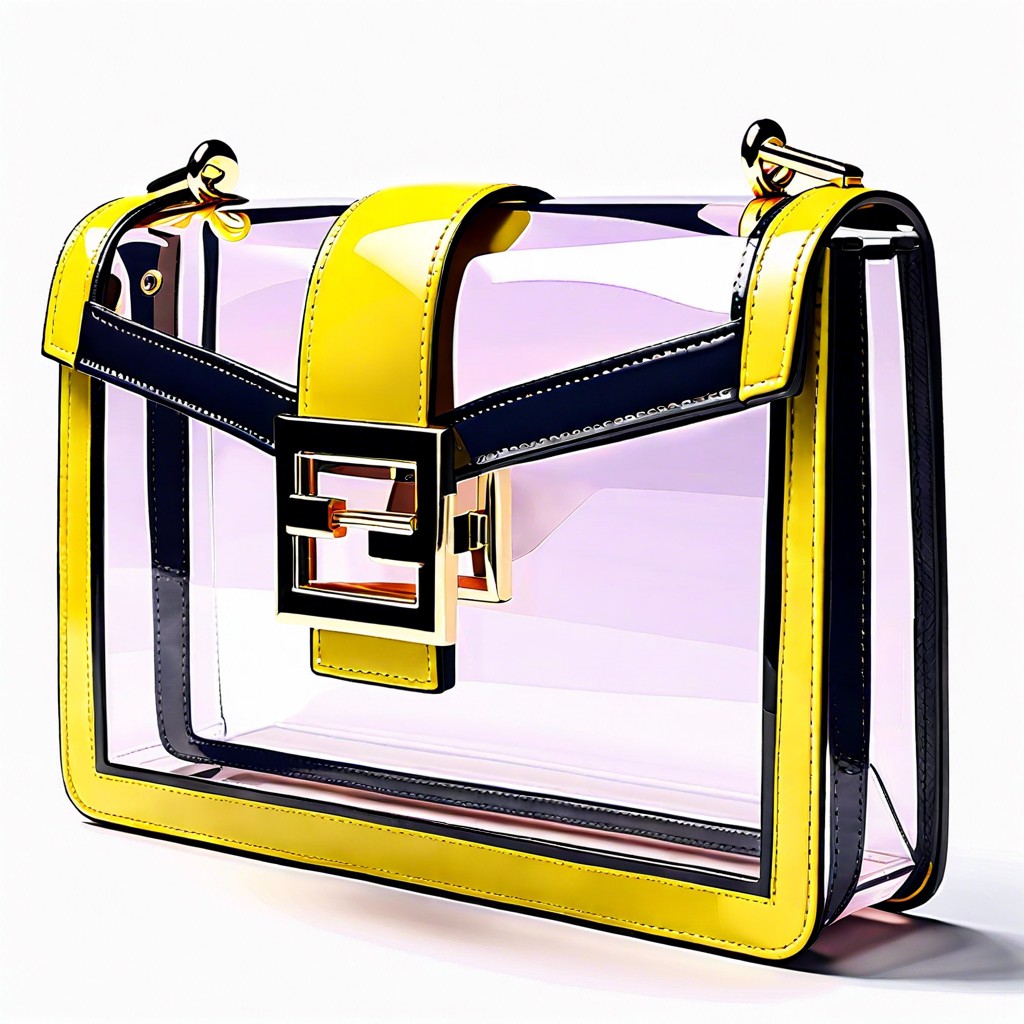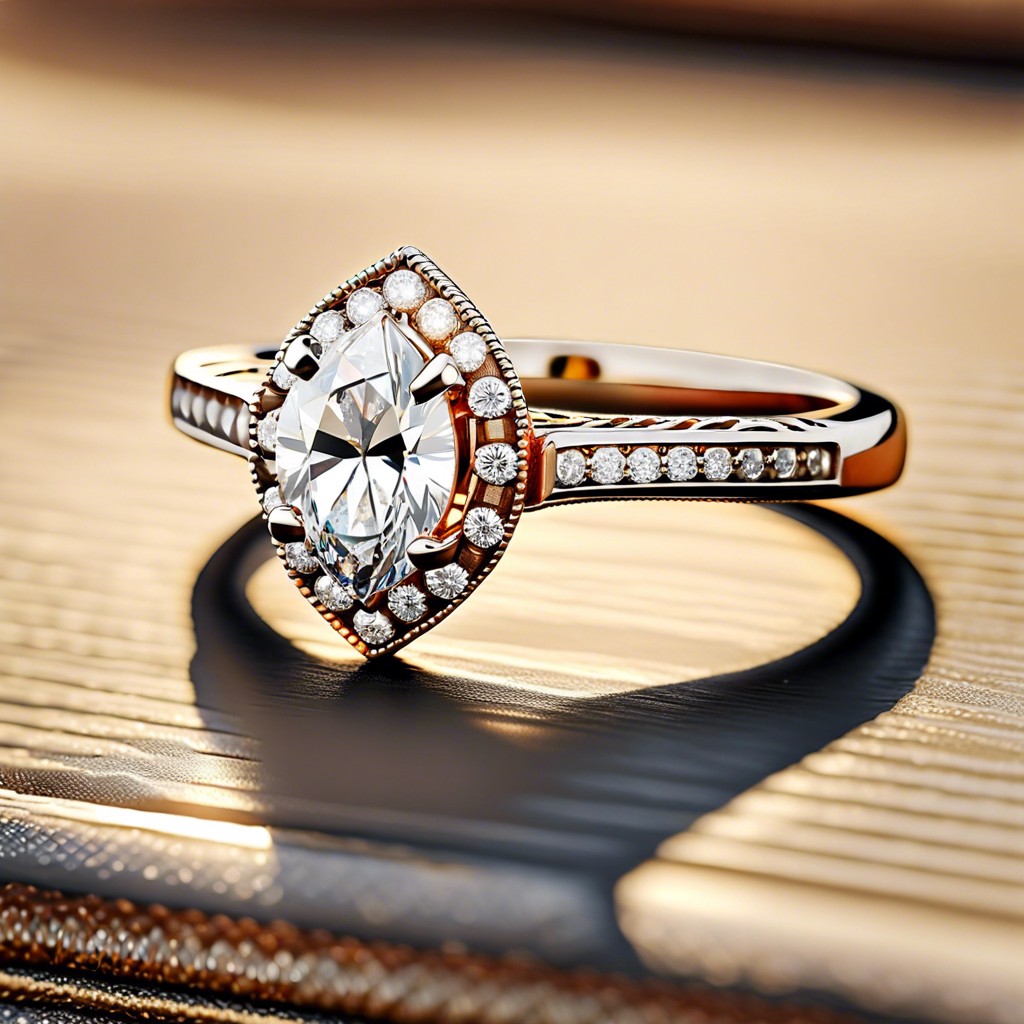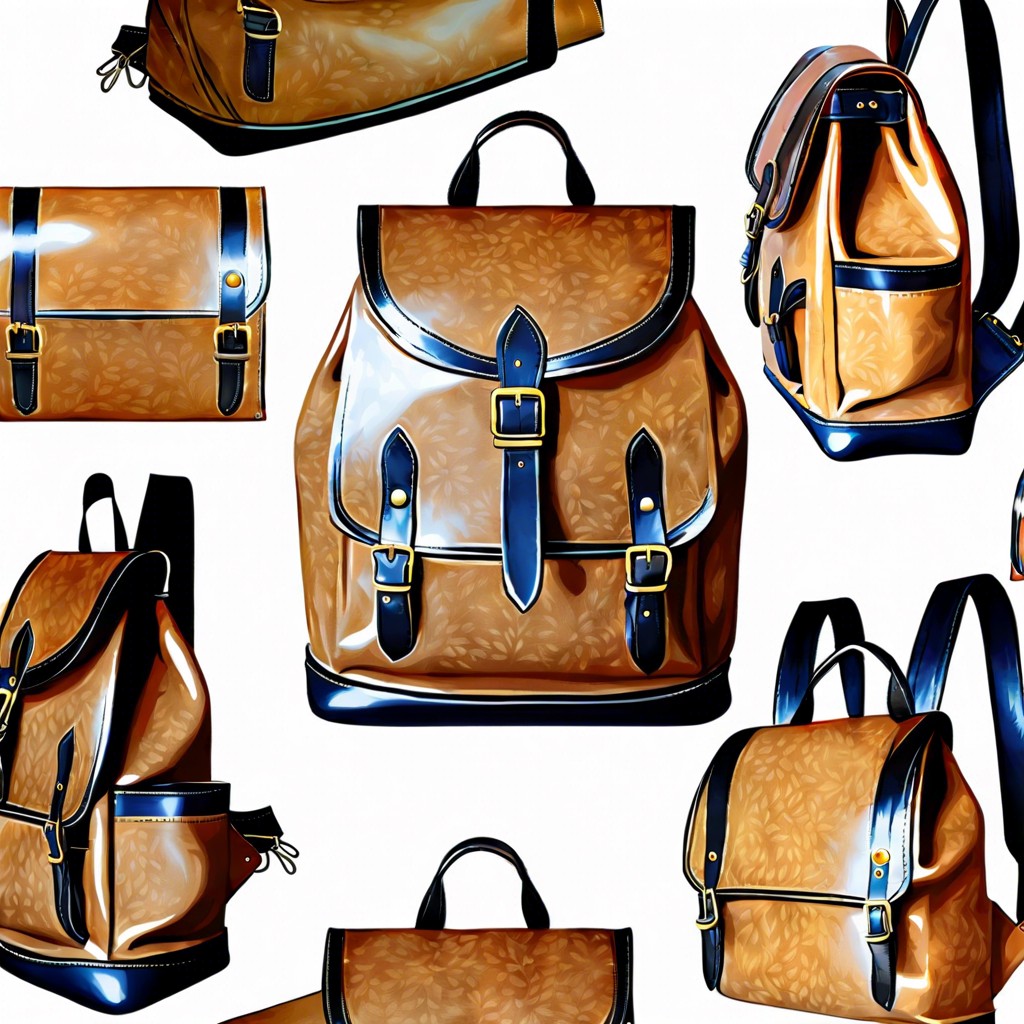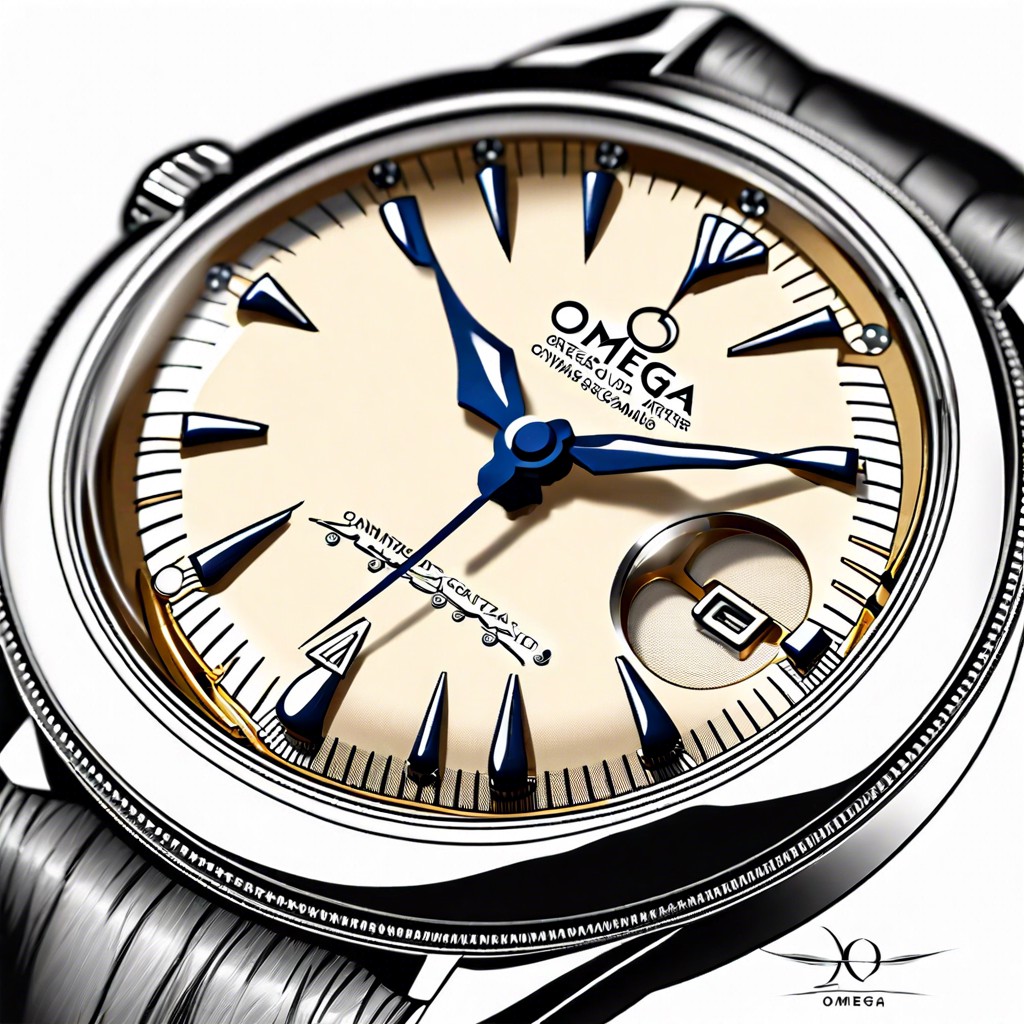Last updated on
Discover practical tips on selecting and caring for vintage lingerie in this buying guide.
Key takeaways:
- Evolution of Vintage Lingerie reflects societal norms and fashion trends.
- Iconic Styles of the 1940s and 1950s include bullet bras and girdles.
- The Appeal of Vintage Lingerie lies in its charm, craftsmanship, and sustainability.
- Preservation and Care for Vintage Lingerie requires delicate handling and proper storage.
- The Resurgence of Vintage Styles in Contemporary Fashion showcases nostalgia and individuality.
Evolution of Vintage Lingerie
Lingerie in history often reflects societal norms and women’s roles. In the early 20th century, corsets cinched waists but gradually made way for the more relaxed styles of the 1920s. This coincided with women gaining more freedom, both personally and sartorially.
During the 1930s and 1940s, Hollywood’s glamour influenced lingerie with silk, lace, and satin materials. The war also played a role; materials like nylon were requisitioned, spurring innovation in the use of new fabrics.
Post-war prosperity in the 1950s brought an air of luxury and femininity to lingerie. Bullet bras and girdles shaped the silhouette, reflecting the era’s hourglass ideal. The introduction of spandex allowed for figure-enhancing designs without discomfort.
As social movements took off in the 1960s and 1970s, lingerie styles again shifted. Women sought comfort over constriction, steering away from rigid girdles and stiff bras. This time championed natural shapes, and the ‘no-bra’ look became a symbol of liberation.
Understanding these transitions gives insight into the cultural dialogue of each period, where lingerie acted as a personal yet politically charged garment. It also reveals the cyclical nature of fashion as we see a resurgence in the popularity of vintage styles today.
Iconic Styles of the 1940s and 1950s
The 1940s witnessed lingerie taking on a utilitarian approach due to wartime restrictions. Bras became more structured with the introduction of underwires, offering better support, and practicality was paramount. Girdles replaced corsets, allowing women freer movement while still creating the desired hourglass silhouette. Rayon, a silk substitute, became the go-to fabric for these items as silk was reserved for military use.
Transitioning into the 1950s, prosperity brought a return to femininity and glamour in women’s undergarments. Bullet bras, known for their conical shape, accentuated the bust, epitomizing the decade’s style. The introduction of nylon provided a softer, more luxurious feel. Lingerie sets, matching bras, and panties, gained popularity, as did the use of lace and embroidered details for an added touch of elegance. Petticoats and crinolines burgeoned as essential underpinnings to the full circle skirts that danced around dance floors.
Twin to the decade’s conservative social norms, lingerie also served a purpose beneath the surface. It shaped women’s figures into the idealized form, meeting the era’s beauty standards. Yet, the designs from these decades laid the groundwork for women’s lingerie, evolving into expressive pieces that continue to inspire fashion designers today.
The Appeal of Vintage Lingerie
Vintage lingerie exudes a charm that modern pieces often struggle to match. Delicate fabrics like silk and lace whisper stories of elegance from times past. These garments aren’t simply clothing; they are wearable art, offering a peek into a bygone era’s fashion sensibilities.
Many enthusiasts are drawn to the craftsmanship that is typical of vintage pieces. The attention to detail and hand-sewn intricacies signal a time when leisurely pace in production was commonplace, leading to high-quality garments.
Furthermore, the designs of yesteryear celebrated a different set of body standards, offering a refreshing contrast to today’s fashion norms. They emphasize curves and femininity, creating a flattering silhouette for a diverse array of body types.
Collectors and fashion aficionados alike prize vintage lingerie for its rarity. Finding an intact piece is a thrill akin to discovering treasure, as many such items did not survive through the decades. Owning vintage lingerie equates to holding a fragment of fashion history.
Lastly, the sustainability aspect cannot be ignored. Opting for vintage is a nod to eco-friendly fashion practices, reducing waste and the demand for new resources. It’s a choice that blends environmental consciousness with style, aligning past aesthetics with current ethical considerations.
Preservation and Care for Vintage Lingerie
Caring for delicate threads of the past requires a gentle touch. The fabrics used in vintage lingerie, often silk, lace, and satin, are vulnerable to damage. Wash these garments by hand in cool water with a pH-neutral detergent. Modern washing machines can be too harsh for these fragile pieces.
Drying is just as crucial as washing. Instead of wringing out the water, press the lingerie between two soft towels to remove moisture. Lay the garments flat on a dry towel to air dry, as hanging them might stretch the fabric.
When storing vintage lingerie, avoid plastic containers that can trap moisture, leading to mildew. Opt for acid-free tissue paper and boxes that let the material breathe. To maintain the item’s shape, stuff cups and bodices with the same acid-free tissue.
Avoid direct sunlight and heat sources for storage, as they can fade and weaken fabrics over time. Keep these time-honored garments in a cool, dark place to preserve their elegance.
Remember, frequent wear can lead to wear and tear, so reserve these cherished pieces for special occasions. By following these steps, the legacy of vintage lingerie can endure, like a whispered secret through the decades.
The Resurgence of Vintage Styles in Contemporary Fashion
Fashion’s cyclical nature has welcomed a wave of nostalgia with open arms. Designers draw inspiration from the silhouettes and fabrics of yesteryear, crafting garments that whisper of the past. High-waisted briefs and structured bras reminiscent of classic Hollywood are reappearing on runways and in boutiques.
Consumers have developed an appetite for the craftsmanship and detail found in garments from bygone eras. The intricate lace, quality satin, and precise stitching speak of a time when each piece was a testament to artistry.
The sustainability movement also plays a significant role. As awareness of fashion’s environmental impact grows, shoppers turn to lasting pieces with timeless appeal. Vintage lingerie provides a guilt-free indulgence, capturing luxury without the cost to the planet.
Moreover, there is a strong sense of individuality and personal style that vintage lingerie offers. It stands out against the sea of modern, mass-produced designs, allowing wearers to make a statement that is both personal and historically infused.
Finally, lingerie as outerwear has been on the uptrend, with bodices and corsets paired with modern pieces for bold, hybrid looks. This trend pays homage to vintage underpinnings while remaining forward-thinking and contemporary.




